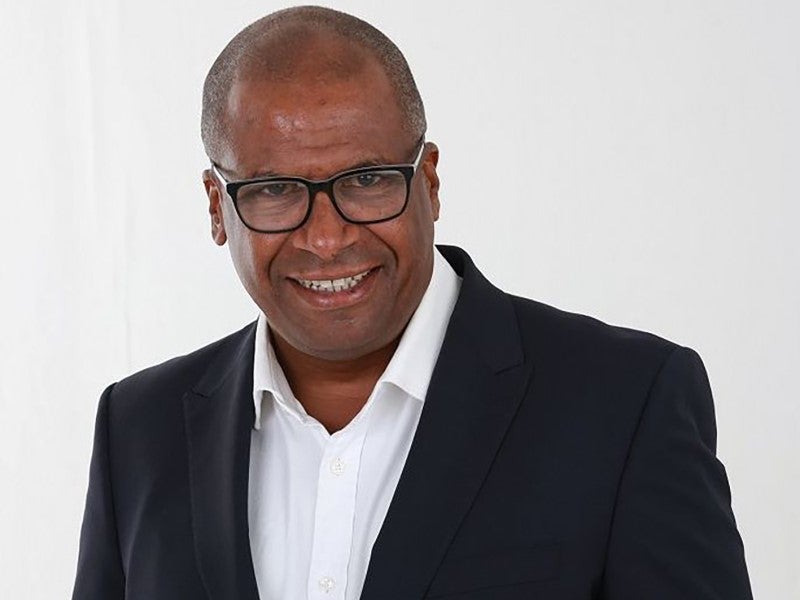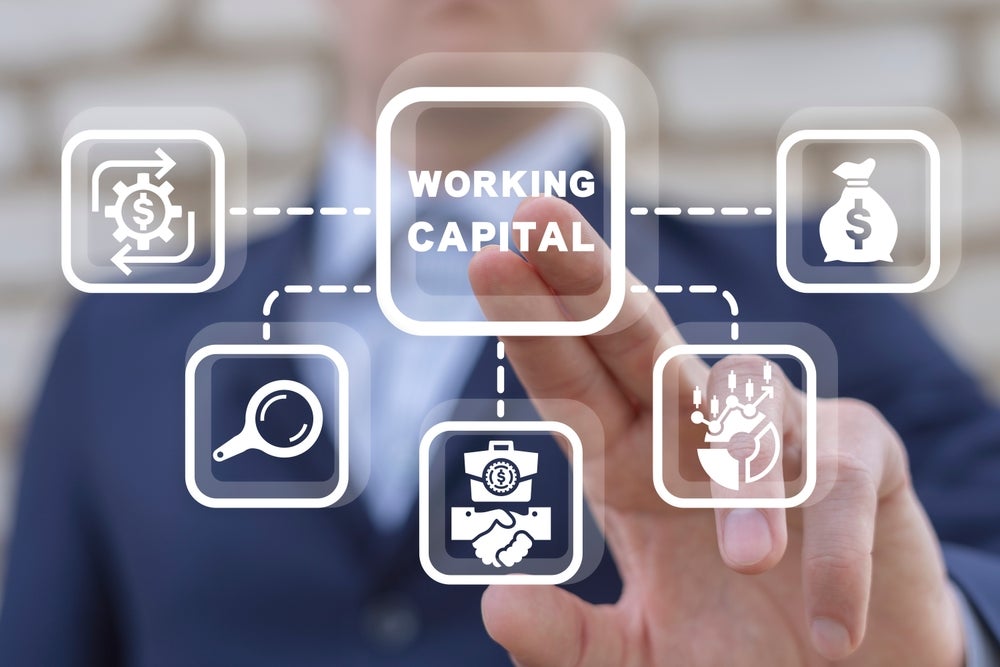
When it comes to residual value, when you would normally look to amortise an asset over five, seven or ten years, but cannot see a horizon beyond two to three years the calculus on return on investment becomes extremely complicated, writes Roy Royer of Somerset Equipment Finance (UK).
The setting of residual values is as much of an art as a science at the best of times, and even if empirical sales data on market values are available, these can quickly become outdated by events.
Residual values
The last decade has hardly been one for stability. After a benign period of growth, we had a crash in crude oil prices, followed by a few years of navel-gazing Brexit uncertainty, and just when the clarity that business was desperately waiting for seemed around the corner, along comes a global pandemic.
Any leasing expert worth their salt who provides services around the financing of equipment will rely on their own experience, what can be gleaned from third-party sources and also, importantly, what the strategic value is to the business.
Time horizons
In normal times, such as they are, it is easier to have a shorter time horizon when looking at residual positions, as there is more certainty around key factors such as obsolescence etc., so the pricing calculation around customer retention versus hand-back is clearer.
However, in many ways, the uncertainty surrounding Covid-19 may well have turned this thinking on its head. A residual value provider may well prefer to take a position in five or seven years’ time with a business that they believe has a strong certainty of surviving that minimum period during the twists and turns of Covid-19, rather than a short-term position that may be crystallised in a resizing exercise.
How well do you really know your competitors?
Access the most comprehensive Company Profiles on the market, powered by GlobalData. Save hours of research. Gain competitive edge.

Thank you!
Your download email will arrive shortly
Not ready to buy yet? Download a free sample
We are confident about the unique quality of our Company Profiles. However, we want you to make the most beneficial decision for your business, so we offer a free sample that you can download by submitting the below form
By GlobalDataThe expectation being that there will be either a viable vaccine developed that can be manufactured in sufficient quantities or we have a recalibration of our attitude to risk which allows for the full reopening of global economies.
Otherwise, we have much bigger problems to worry about. However, a contrarian might look at this as a missed opportunity to demonstrate the true potential of leasing in this current environment.
With most if not all the tax and accounting breaks gone there is little if anything to distinguish a full pay-out lease from a loan, so it comes down to a straight fight on price. Lessors need to add value to their proposition, and this is potentially the perfect time to do this.
Companies who would ordinarily look to purchase and own production assets are resistant to making capital investment decisions because of the lack of clarity about what their business might look like in the intermediate future.
When you would normally look to amortise an asset over five, seven or ten years, but cannot see a horizon beyond two to three years the calculus on return on investment becomes extremely complicated.
A good old-fashioned rental agreement where the company’s commitment is limited to only their visible horizon with optionality when they have greater clarity may well be what the doctor ordered.
Something different
Lessors have an opportunity to try something different and add value to their proposition which allows them to gain margin for the additional risk assumed. If they do not want to assume that risk, then partner with someone who does, but do not let the opportunity to put the industry’s best foot forward go amiss.
Roy Royer is head of business development for Somerset Equipment Finance (UK), part of Somerset Capital Group.
Somerset Capital Group has been taking residual positions in a wide range of assets for close to 40 years; from aviation (all except the aircraft themselves) to semi-conductor manufacturing and test equipment, materials handling, IT, and marine equipment.






